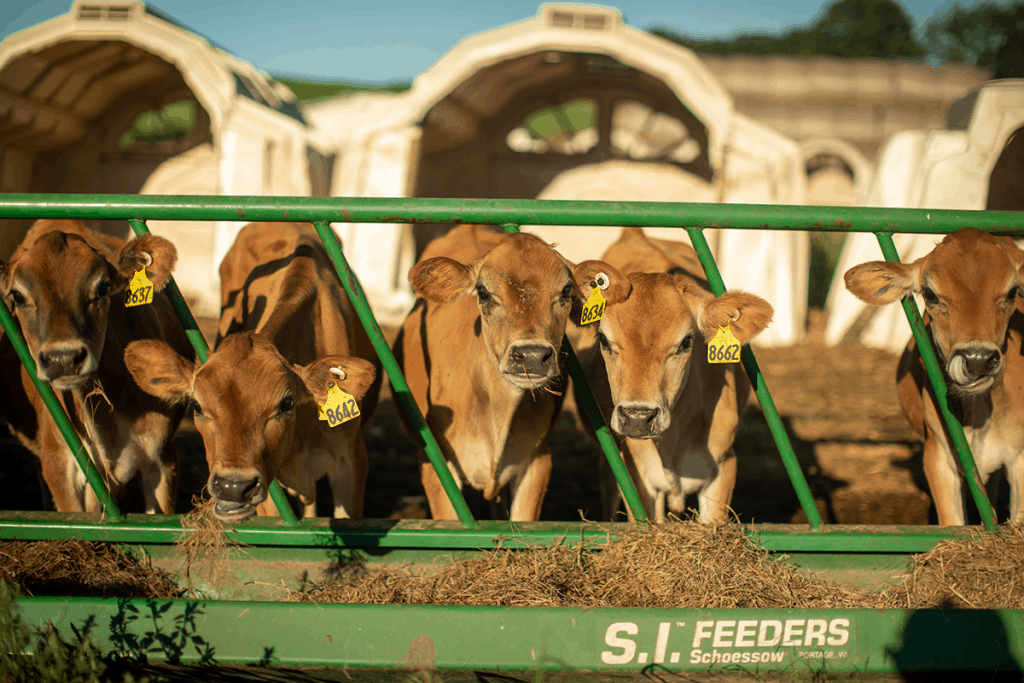Calf Management Data – The Missing Puzzle Piece In Cow Performance?
Taliah Danzinger, Manager of Training and Education – VAS
We rely on cow data to make decisions every day. But what about calf and heifer data? Too often we only detect underperforming animals once they enter the milking string. Why is one cow falling behind her peers? Without data to inform us, we’re left guessing the reason.
Using herd management software to record calf and heifer data – starting at birth – can help uncover animal performance issues at all life stages, identify trends and make management changes.
Start Recording Dairy Data Early
Having key calf and heifer datapoints from the start of a calf’s life at your fingertips helps troubleshoot performance issues. For example, suppose you’ve recorded successful passive transfer, a low prevalence of calfhood diseases and weaning weights are on target. You’ve now narrowed the troubleshooting window to post-weaning and pre-breeding. Once you uncover the problem source, you can adapt your calf management protocols to avoid similar scenarios in the future.
Track Key Calf Management Events
If you’re not recording data on your calves now, start by tracking these three critical datapoints:
Calfhood diseases: Scours and pneumonia are the most common calfhood diseases. Tracking these events can help assess contributing factors, such as calf management, environment or nutrition. Having data helps you step back to assess the full impact. How long has the problem been going on? What do you see as a result? Is it small calves? Death loss? It can also help reveal how much time, resources and money you’re spending to treat an animal. Long term, you can use that data to measure the impact on key management areas like milk production and reproduction.
Serum total protein: Running a total serum protein analysis is like a report card for calf management – it evaluates the passive transfer of immunoglobulins in calves. If you’re having an issue with your pre-weaned calves, it helps reduce the possible contributors. For example, if you have a failure of passive transfer and you’re testing colostrum quality using a Brix refractometer, it rules out colostrum quality as an issue. Is colostrum feeding delayed? Are you feeding enough? Does the colostrum or feeding equipment have a high bacterial count? Could the dam or calf be experiencing heat or cold stress? Arming yourself with serum total protein data helps inform colostrum management issues.
Weight: Recording weight measurements at birth, weaning, breeding and calving helps ensure you’re hitting growth goals. Birthweight data helps confirm calves have reached their desired weaning weight. Weight data also helps you manage your reproduction program. Heifers should be 55% of their mature weight at breeding and 85% of their mature weight at calving.
Consistent review of birth and weaning weights helps you intervene before a weaning weight problem becomes a breeding weight problem. Managing this data helps catch animals that have deviated from the target and allows you to make management changes. A prime example is altering the age at first breeding for heifers before they calve in too small and don’t meet production goals due to outdated protocols.
Dairy data organization and consistent protocols are key to accurately tracking calf and heifer data. Read the full article in Progressive Dairy to get more tips on how to get the most from your herd management software.

